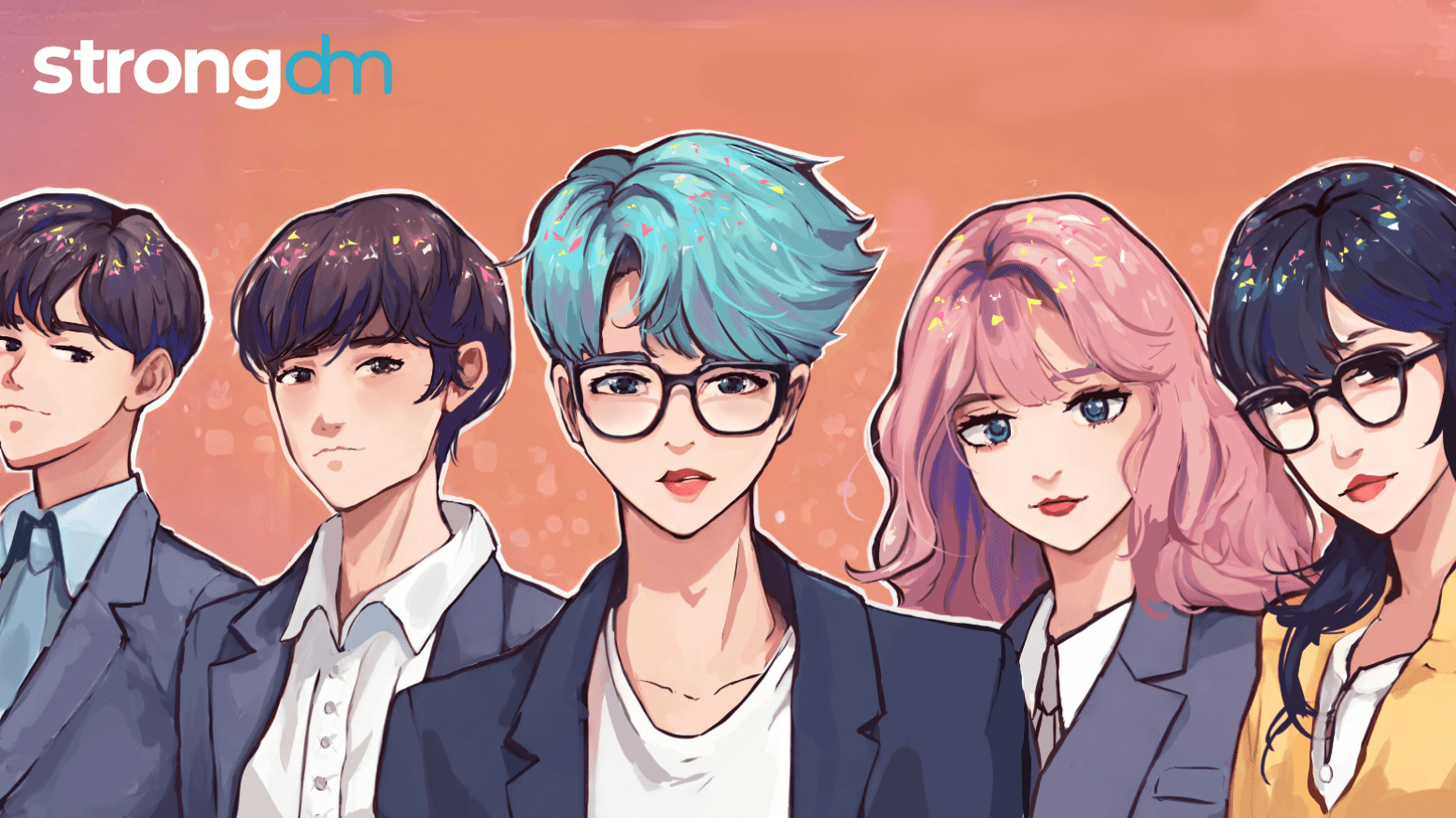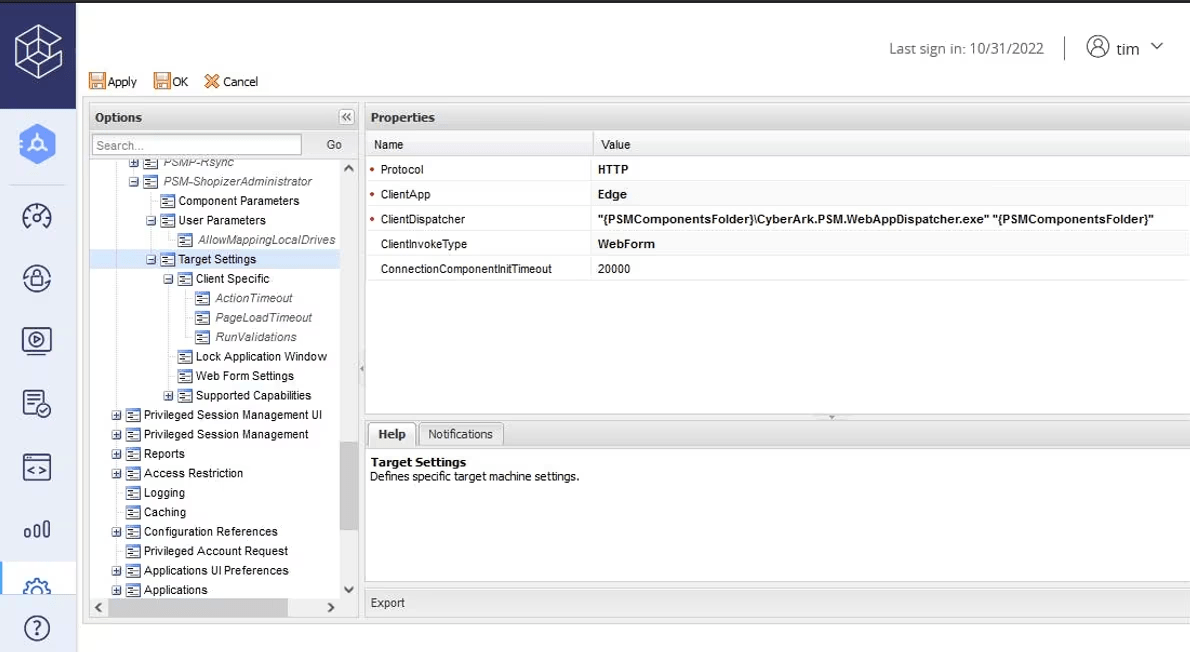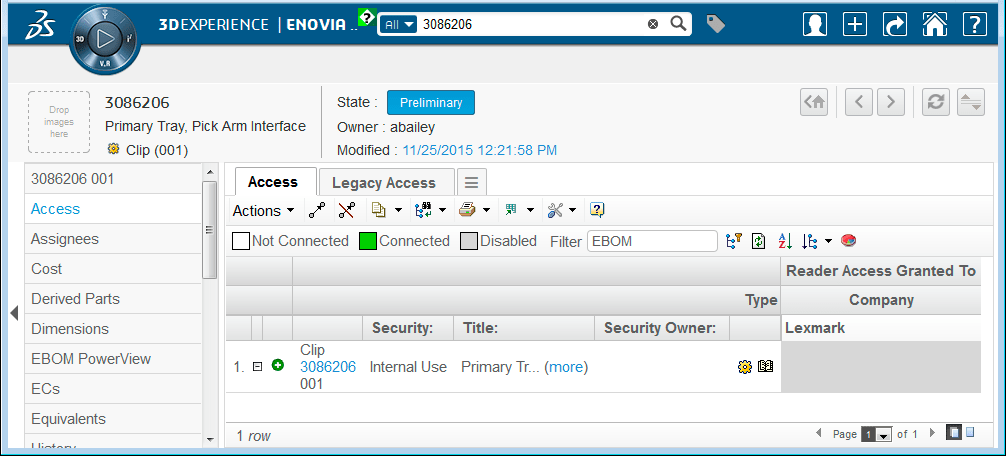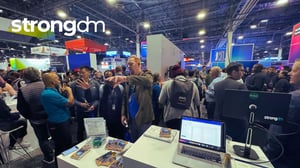
- Role-based, attribute-based, & just-in-time access to infrastructure
- Connect any person or service to any infrastructure, anywhere
- Logging like you've never seen

One of the best parts about being a dad is that you don’t have to worry about being cool. And since dads, by definition, simply aren’t cool, there’s a Zen-like confirmation that rewards all of us dads for not trying to be something we can never become.
The K-Pop Revelation
Now, you might think that was the end of any considerations of being cool and that I’d just ride off into the uncool sunset in my frumpy sweaters and Costco shoes to do dad things like arranging different sizes of rubber bands in reused butter containers.
But I made a discovery recently that made me rethink the joy I derive from uncoolness. It’s something that the world has known about for years and it’s been bringing happiness to people all over the world. In fact, there’s apparently an app called TikTok that seems to have been invented just for this thing. And I’ve been missing it. It’s called K-Pop.
K-Pop's Audience-Centric Approach
What especially intrigues me about K-Pop isn’t just the music itself, although I’m slowly falling in love with the incredibly poignant TWICE lyric, “Risky risky, wiggy wiggy, this is an emergency.”
K-Pop, it turns out, is kind of like a great laboratory of what happens when you prioritize your audience. In a weird way, K-Pop bands are doing what technology companies should be doing - innovating with technology and giving users better, easier, more usable access to the things they need.
I’m not sure if anyone actually needs "Whook, whook ayy, look at that moving eye, eye see this? shoog, shoog, shoog. Hook, get into me more, good zoom-zoom, good", but who am I to argue with NMIXX?
Connecting Through Every Channel
The point is, K-Pop as a genre has figured out what is important to its fans and then applies a logical set of tools and practices to connect with them. And it keeps connecting and finds more and more ways to engage. These bands build content and deliver it through every possible channel, and they make themselves available through fan events, live streams, interviews, and constant touring.
Check out this clip of BLACKPINK at one of their recent FanFests. As you’ll see, the band felt that the plastic screens separating them from fans was limiting access, so they had them removed:
Evolution from Mystery to Accessibility
I’m amazed at the attention these young performers are paying to their fans; but why shouldn’t they be doing that? They’re fabulously successful precisely because they are making themselves available to these fans and creating more and more fans because of their accessibility.
The Old vs. New Software Paradigm
The old way was just too complicated. Rockers and pop stars created mythic personas, driven by a self-inflated sense of mystery and detachment. Their lyrics were ego-driven and laden with inside jokes, and fans were just outsiders looking in. Now, it’s a friendlier, far more receptive environment for fans. They’re “in” on the fun and are included as part of the journey.
It’s not unlike the evolution of software over the past 20 years. For those using legacy Privileged Access Management (PAM) solutions, you know what I’m talking about:

You have to be an insider to know how to operate the software applications of earlier generations, and product teams made very little effort to make their systems user-friendly. Unfortunately, this is still happening with many vendors. Simple actions like getting access to these applications and any other IT resources require considerable knowledge and preparation just to have a seat at the table:

The old approach was, in many ways, a moat and it prevented rapid adoption. What users want today is easy access and an experience that is highly engaging. They want to be productive. They don’t want this:

…they want this:

And IT teams have a choice in this. Do they want to approach usability and access with a legacy mindset? If so, their users are going to have delays and periods of downtime while they wait for privileges to be provisioned.
And while that’s happening, the IT and security teams will now have issues of overhead and resource management that will keep them busy managing multiple tools and integrations.
They’ll also have to contend with the security and compliance repercussions of disconnected systems that either restrict too much or too little, where both options present significant challenges.
The Need for Speed in Today's World
We’re all too aware that today, everything moves at breakneck speed, which has advantages, of course, but it’s also what users want and expect. It’s incumbent upon IT teams to provide accessibility in a way that aligns with the cadence of today’s workforce and their behaviors.
New resources, users, sessions, and policies are being added, changed, and updated all the time, and IT teams have to balance that with compliance and security requirements to protect their intellectual property.
The Multiplicative Effect of Proper Access Management
We can do both, provide access and maintain a secure environment. And when we do that, it creates a multiplicative effect of engaging more users who can all become more productive. Like K-Pop, we’re giving users what they want and we’re giving it to them where they can consume it.
Yet, also like K-Pop, we’re not just opening up the hatches and creating a free-for-all. When IT teams do access management correctly, they get to control what is accessed and how it’s accessed. But the crucial component is that users are getting something useful and desirable, and they know where they can go to always get more.
Applying K-Pop Principles in Development
I’m now playing K-Pop in my house and my family wonders if a midlife crisis is imminent. They can be rest assured that that won’t happen (with my impressive collection of sweater vests, it wouldn’t even be prudent). But I am taking K-Pop principles into our development work here at StrongDM and will continue to make usability—done in the right way—a mission. It makes our work meaningful, but meaning shouldn’t be an outdated concept. In our view, meaning can deliver joy to customers.
In the meantime, I’ll abide by my new-found life philosophy, as provided by the ever-poignant SeHun: “Shawty. Imma pawty till the sun down.”
About the Author
Amol Kabe, Chief Product Officer (CPO), spearheads the StrongDM Zero Trust PAM platform. Previously, he was the Senior Director at Google, leading the Zero Trust and Identity and Access Management portfolio for GCP. His career includes executive roles at Netskope, driving its transition from CASB to SASE, and at Riverbed Technology. Amol was also a founding member at Tablus, a pioneer in Data Loss Prevention. To contact Amol, visit him on LinkedIn.

You May Also Like




